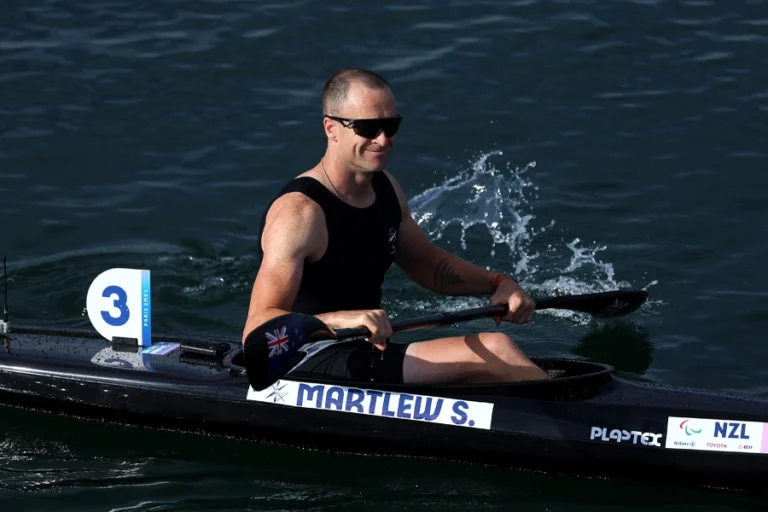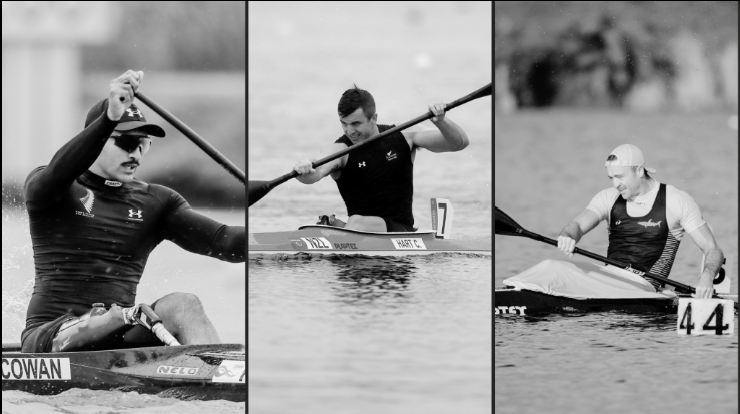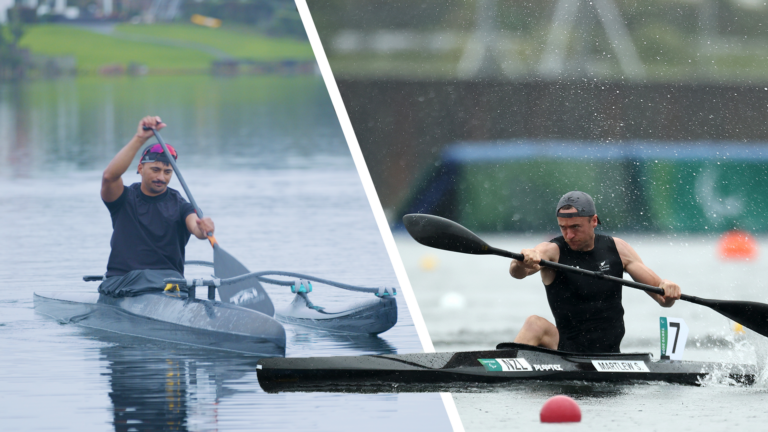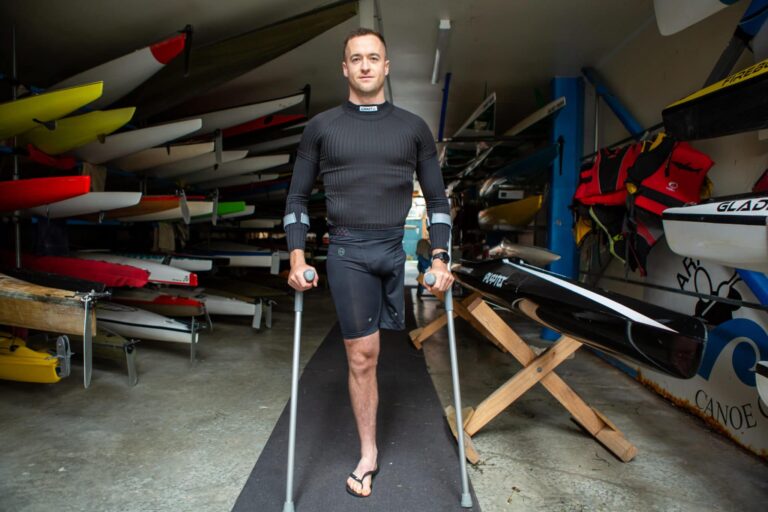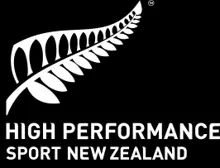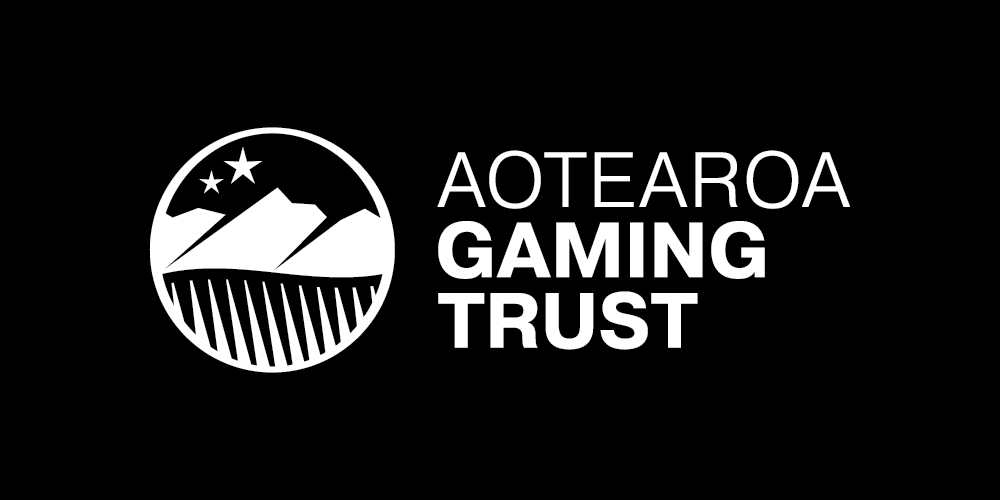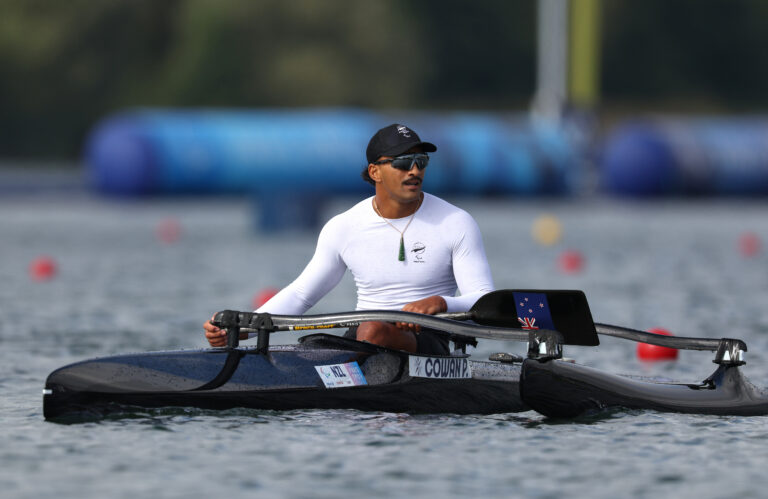
Para canoe
What is Para canoe, kayak and va’a
The kayak category in Para canoe is identical to canoeing for non-disabled athletes. The kayak is propelled by a double-blade paddle. The va’a boat is an outrigger canoe, which has a second pontoon as a support float (the ama), and is propelled by a single-blade paddle. Va’a is called waka ama in New Zealand.
Para canoeists compete individually over a distance of 200 meters. Athletes can compete in two types of boat, kayak (K) and va’a (V). While competing, the Para canoeist must keep the whole of their boat within the 5m wide central area of their lane from start to finish. The winning boat is the one whose bow crosses the finish line with the athlete in it first.
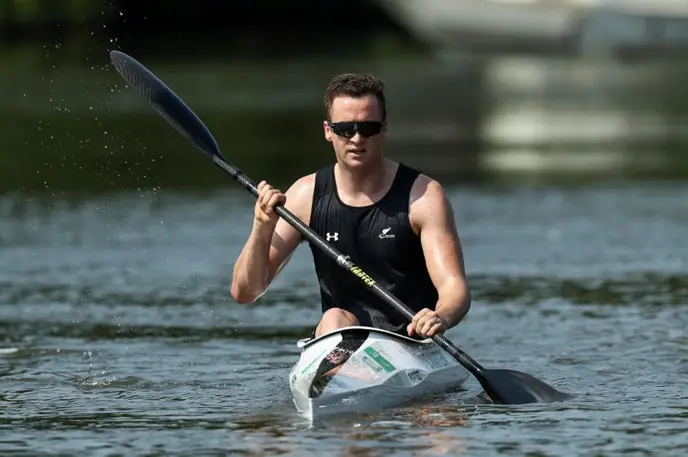
Para canoe (kayak and va’a) in New Zealand
The first New Zealander to compete in Para canoe at the Paralympic Games was Scott Martlew at Rio 2016. Since then, the sport has increased in popularity in New Zealand.
Para canoe is currently delivered in some regions in New Zealand. Canoe Racing New Zealand is the national sporting organisation for Para canoe in New Zealand. Find out more about Para canoe and get resources on their dedicated Para canoe webpage.
You can also follow Canoe Racing New Zealand’s Facebook and Instagram channels for updates.
Register with Paralympics New Zealand now and we will help you to find a Para sport for you in your local area!
Who is eligible for Para canoe?
Athletes who compete in Para canoe have an impairment in their lower body or trunk. Kayak classifications begin with KL and Va’a classifications begin with VL.
Para athletes competing in both these boats are classified in three different classes for men and women depending on the impact the athlete’s impairment has on their performance.
History of Para canoe at the Paralympic Games
Para canoe was included in the Paralympic Games for the first time in the Rio 2016 Paralympic Games with six medal events (three men, three women), all in the kayak category. Tokyo 2020 included races performed in two different types of boats: the kayak and va’a boats.
Adaptation of equipment in Para canoe
In Para canoe, athletes can have certain adaptations to sit in their boats. Athletes use adapted equipment for a number of reasons – for comfort, for security of the paddler and the coach, to aid the transmission of power, and for performance.
Adaptations include adaptive seats, which provide support where it is needed, socket attachments and grip adaptations such as a special glove or cuff to help keep hold of the paddle.
No part of the athletes body can be attached to the boat in any way – this is especially important if the boat were to capsize.
Find out more about Para canoe
For more information on Para canoe visit the International Canoe Federation.
